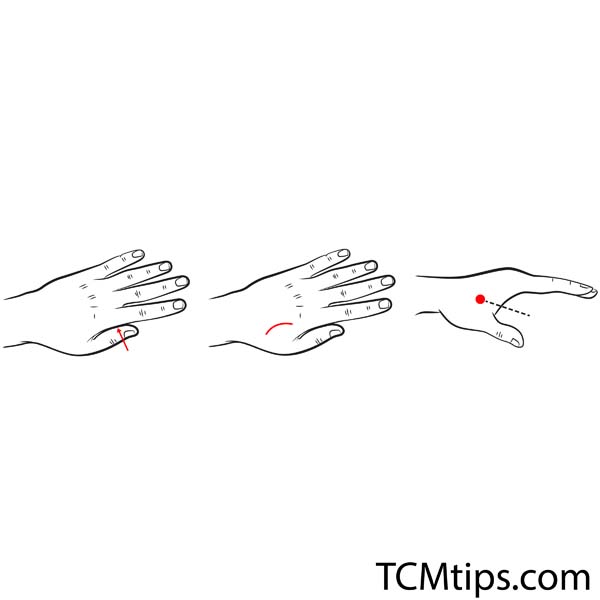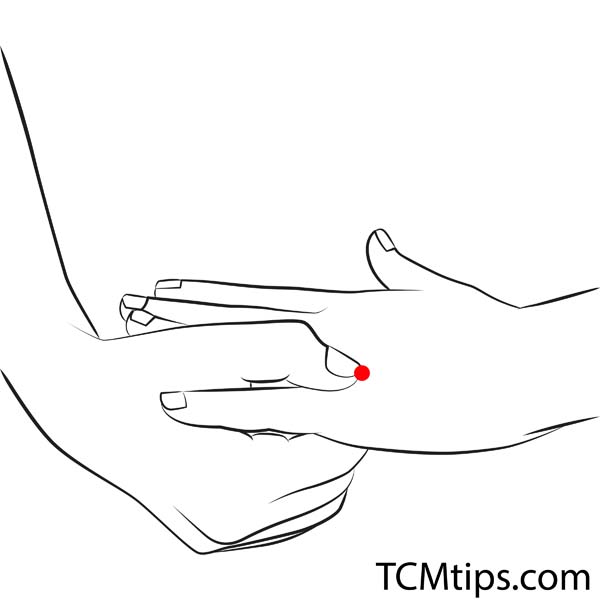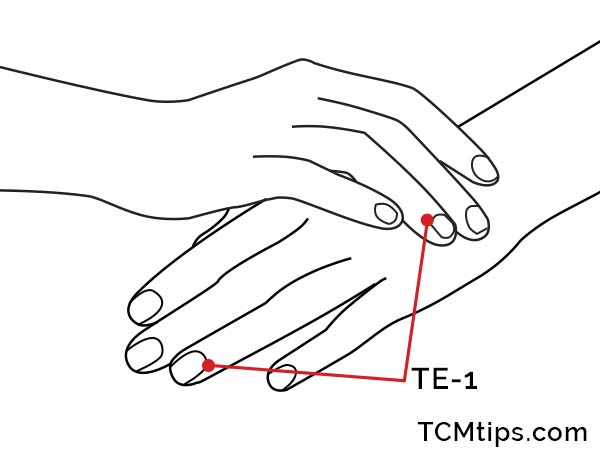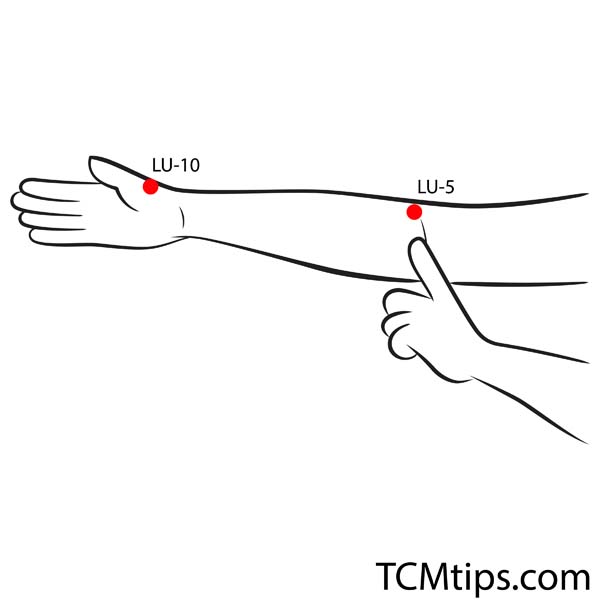Colds are an inevitable part of changing seasons and a social lifestyle. I have experienced my fair share of common colds, and more than anything, I find the symptoms to be the most annoying part. Persistent headaches and endless sneezing make it impossible to complete even the simplest chores when I have a cold, so I had to find a suitable remedy. Luckily, I found this 4 hand acupressure point chart for headaches and sneezing due to colds.
These four acupressure points provided the quick, easy, effective, and medication-free approach I had hoped for. Now, my colds are far more manageable and painless. Since everyone is susceptible to colds, and many people will suffer from them during their lifetime, I am hopeful that sharing this hand acupressure chart will benefit many people. So let’s take a look at how you can start to improve your cold symptoms through acupressure!
Are There Pressure Points In Your Hands?

This is a pretty common question, considering how odd it seems to practice acupressure on your own hands. After all, your hands are normally used to give acupressure, not receive it. Hands also tend to be bonier than the rest of the body, which may make it seem as if there is no room for pressure points, but the opposite is actually true.
While there are eight commonly used pressure points in the hands, there are actually plenty more than that. Hand acupressure charts also connect to a variety of channels, including the large intestine channel, the lung channel, and the triple energizer meridian. All of these connections allow the hands to impact various areas of the body when the points are accurately activated.
Does Hand Acupressure Work?
So you know acupressure points are present in the hands, but how can you be sure that they work? Hand acupressure charts have existed for hundreds of years, just like the rest of acupuncture. Their prevalence today is attributed to their continued success throughout the many years for which they have existed.
A research study completed in 2019 was able to connect acupuncture with the human cognitive experience of pain in relation to blood flow in the body. After testing an acupressure point in the hand on various subjects, it was concluded that this practice is capable of causing anesthetic effects and increases an individual’s pain threshold. The combination of historical prevalence, safe trials, promising research results, and easy access makes hand acupressure points worth trying. In the best-case scenario, they work as well for you as they did for me, and if they don’t help resolve your issues, then you can always seek a professional medical opinion concerning your cold symptoms.
My Hand Acupressure Points Chart For Headaches And Sneezing
Acupoint: LI-4 (Other Names: Large Intestine-4/He Gu/Joining Valley)

This point is known for its ability to subdue pain in many areas across the body. It is so effective that it is also commonly used as an acupressure point for menstrual cramps, but it can also be used to relieve the pain of cold or flu symptom-induced headaches. This point is also said to boost the immune system, allowing you to reduce pain and heal at the same time. To activate this point, place pressure on the high firm point of muscle that is about half an inch behind the crease of the thumb and pointer finger.
Acupoint: TE-3 (Other Names: Triple Energizer-3/Zhong Zhu/Central Islet)

From its location, you would never guess that this point is effective in remedying pain from the back all the way up to the brain. Pressure point socks are commonly used to remedy back pain, but this important acupressure point on hands for headaches strays away from the feet. This point’s effectiveness is thought to come from its ability to balance the equilibrium and improve any anemic blood flow to the brain, which can be caused by the common cold.
To activate this point, you will need to place your thumb at the joining points between the bones of the pinky and ring finger. Press against the ring finger bone and pull down the hand with enough pressure to be slightly uncomfortable and do this six to eight times.
Acupoint: TE-1 (Other Names: Triple Energizer-1/Guan Chong/Surge Gate)

This is the first point on the triple energizer channel, and it has made its way into our hand acupressure chart because of its ability to relieve runny nose, nasal congestion, and associated sneezing. When this point is activated, it stimulates blood flow. This allows for sinus pressure to drop and helps the body to heal faster. This point is located near the back edge of the nail on your ring finger. Pressure can be applied to the skin in that area, and it is okay if pressure is applied to the edge of the nail as well.
Acupoint: LU-10 (Other Names: Lung-10/Yu Ji/Fish Border)

This long point has direct access to the respiratory tract and sinuses. This point also acts to moderate glucose levels, making it a popular acupressure point for diabetes. When this point is activated properly, it generates heat in the body and helps to prevent colds. It is also effective in treating colds and improving nasal congestion because it improves blood circulation.
If you are looking to activate this point, you will find it halfway between the thumb’s first joint and the area where the thumb joins the wrist. It is present on the side of the thumb where the lighter skin of the palm meets the darker skin from the top of the hand. Press firmly here, and you should feel some resistance from the bone in that area. You can repeat this pressure a few times for the best results.
Lastly, you may want to read this article if you are looking for acupressure points for neck pain and headaches.

Try our Anti-Aging Gua Sha Tool designed to bring out your skin’s natural glow.
Best Gua Sha Product- Anti-Aging: The tool is designed to target 11 specific aging signs such as wrinkles and sagging skin. By following the 7-step routine, users can improve skin firmness and reduce fine lines naturally.
- Enhances Skincare Routine: It works effectively with serums and lotions, boosting absorption and efficacy of skincare products.
- Visible Skin Improvement: Users can expect a smoother complexion, reduced puffiness, and a more youthful appearance.
 P. Sze
P. Sze 
















